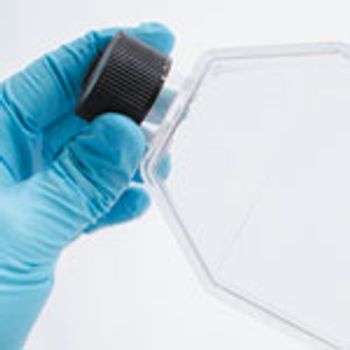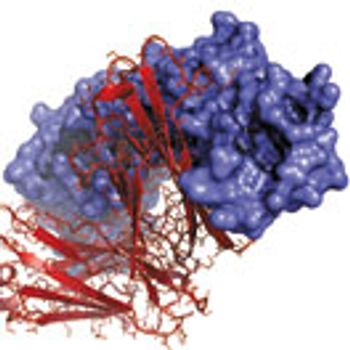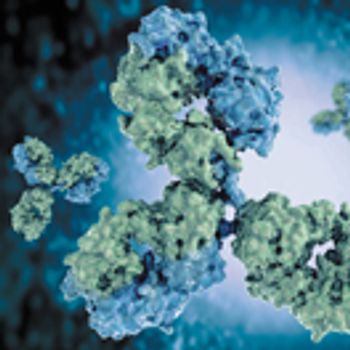
Media manufacturers are focused on reducing risk, improving quality and consistency, and managing costs.

Media manufacturers are focused on reducing risk, improving quality and consistency, and managing costs.

Managing and prioritizing risk is essential to ensuring raw material quality. USP is developing new guidelines to make the work easier.

Investigational failures and discrepancies can be avoided through the proper execution and documentation of investigations.

Recipharm set up a manufacturing line at its facility in Sweden using LIDD’s NanoZolid technology.

Catalent Applied Drug Delivery Institute announced a partnership with Rutgers University to examine the challenges of pediatric drug formulation and delivery.

Catalent expands the scope of the OptiForm Solution Suite to bridge gap from late-stage discovery to Phase I trials.

A new study predicts a potential disconnect between regulatory science and biotechnology product development, unless regulators scan the horizon for new developments and consider new potential risk pathways.

The opening presentation gives the company a chance to put their best foot forward, according to Siegfried Schmitt, principal at PAREXEL.

An NIH study examined a dissolving microneedle technology as a way to deliver the influenza vaccine to patients.

The United Kingdom’s Center for Process Innovation (CPI) is investing in a new project, Microstar, which seeks to reduce risk for formulators through the development of accelerated screening methods for predictive design.

As more companies decouple drug substance from finished drug manufacturing operations, an integrated approach can ensure safe, reliable logistics for frozen storage and shipping.

An increase in biologics raises awareness of particle generation and its role in negative patient outcomes.

Microdermics will focus on product development and clinical activities of new drug delivery methods, while Vetter’s primary role will be in the fill and finish aspect.

Operated by BioOutsource, Sartorius’ subsidiary, the Glasgow, UK-based service center will offer physicochemical properties and structural attributes testing and allow clients to perform structural and functional analyses in parallel.

Can bioprocessing runs be consistently replicated in an inherently variable production environment?

The unique structures of fusion proteins lead to expression, heterogeneity, and stability issues.

This article provides an overview on important aspects related to bracketing strategies in Japan.

A new study from the United States National Institutes of Health (NIH) found that pairing the antidepressant amitriptyline with drugs designed to treat central nervous system diseases, enhances drug delivery to the brain by inhibiting the blood-brain barrier in rats. The blood-brain barrier serves as a natural, protective boundary, preventing most drugs from entering the brain. The research, performed in rats, appeared online April 27, 2017 in the Journal of Cerebral Blood Flow and Metabolism.

Lonza revealed it received a warning letter from FDA for its cell therapy manufacturing plant.

OrlaSURF technology can be used for the development of target-binding assays to monitor the binding of an ADC to its antigen.

As regulators strive for balance in cGMPs for cell, gene, and tissue therapies, risk-management principles must guide decisions involving process media and additives.

The complex nature of biologics adds additional CQAs that must be determined to ensure the safe development of biologics

Including next-gen antibodies in pharma pipelines is considered essential for future success.

The mAb is the first approved treatment that targets the progressive form of the disease.

The Basel office will house the clinical development team and other functions to progress the company’s lead compound emapalumab.